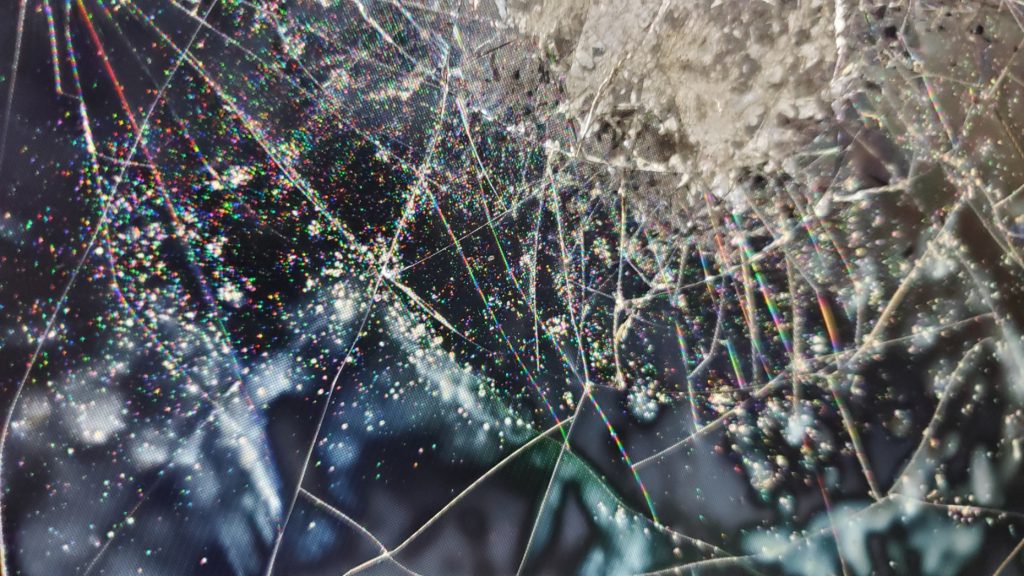Caroline Trotter
I am a multimedia artist interested in exploring how our relationship to technology can inform how we relate to ourselves and one another. My work temporarily de-centers humans (sometimes instead on artificial intelligences), then re-centers on humans, in order to better empathize with ourselves. As someone who has struggled with depression and intense feelings of shame, I understand not being able to empathize with the self until I see the same struggle in someone or something else. I feel obligated to use my art to let others know they are not alone and don’t have to justify their existence to anyone. Themes of self-worth, being seen, and unconditional love show up often in my pieces. The medium that has the biggest presence in my work is sound. Most often, I present my work through installation. My approach is also influenced by my past as a classically trained vocalist. I was taught the proper vocal technique in the context of operatic singing. Knowing the supposed correct way of creating sound with the body inspired me to challenge and remix traditional vocal techniques with filtration methods like using autotune, a vocoder, or a talkbox. The experimental sound design techniques present in my portfolio are AI-generated music, adaptive, live, or evolving soundscapes, intentional feedback looping, and vocal filtration. My sound projects and songs are sometimes accompanied by sculptures made out of old technologies and/or resin. My installations are best displayed in a dedicated room where sonic disturbances are not just tolerated, but expected.
Featured Works
Multimedia installation utilizing woodworking, sound design, poetry, and AI. Some poems are written by a human and some are written by an AI. Visitors were asked to guess which were which. The installation was accompanied by a generative soundscape. Listen to more of it below:
“If These Walls Could Talk” is a participatory soundscape that gives visitors the opportunity to listen to the sonic history of this space and contribute to it. The experience encourages people to consider sound as an emergent form of recordkeeping. Using a quad speaker array, three microphones, and a looper within Ableton Live, the room becomes an additive and reflexive log of all events that have occurred nearby. This configuration creates a blank textbook onto which the history of the room is written. “If These Walls Could Talk” demonstrates that audio is a malleable, reflexive medium we can use to record a truer history for our descendants to learn.



borntobeperfect is a concert featuring a speculative AI vocalist performing an a cappella song in collaboration with Caroline Trotter. The song is accompanied by a sculptural object that represents the AI voice in the physical realm: a shattered monitor with foliage growing in and throughout the screen. The sound of the voice emits from the sculptural object with no obvious origin. The song, in full, below: